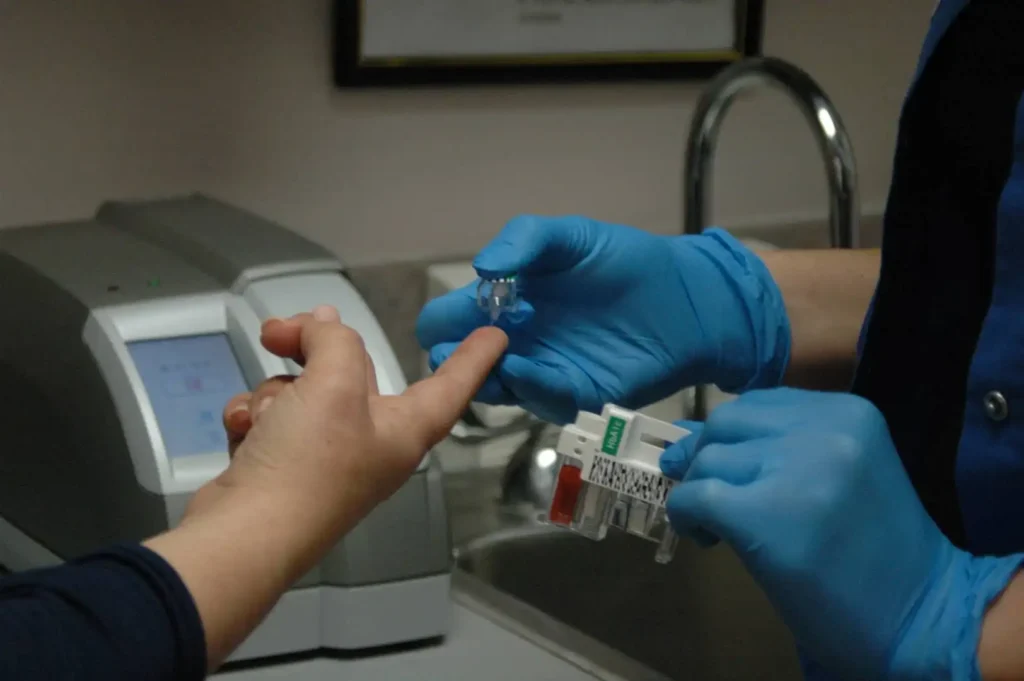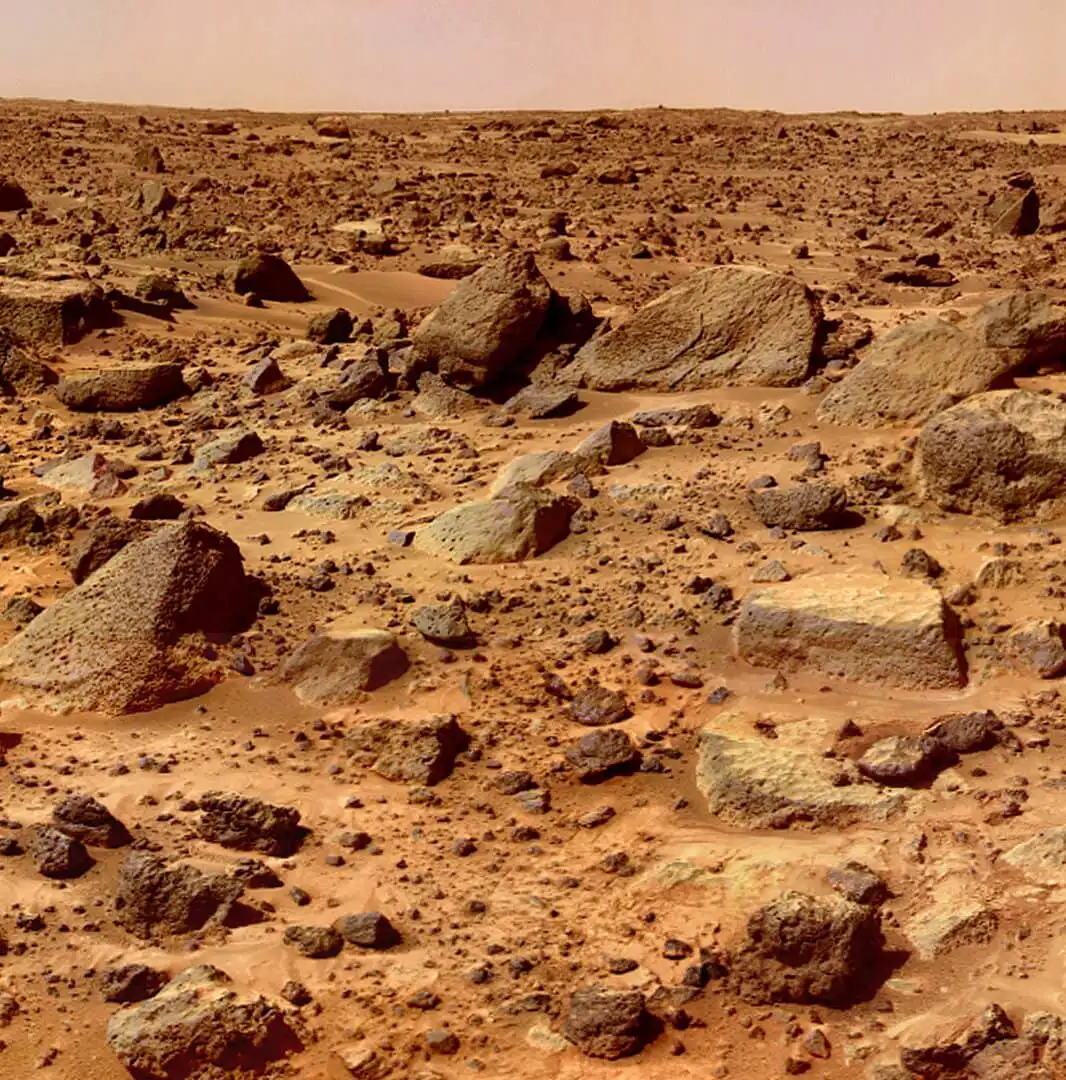A recent study has uncovered evidence suggesting the presence of an underground reservoir on Mars that could potentially fill oceans on the planet’s surface. This discovery adds to growing speculation that Mars, often thought of as a barren and dry world, may have once had significant amounts of water beneath its surface, and possibly still does.
The research points to vast quantities of frozen or liquid water lying beneath the planet’s crust. While scientists have long speculated about water existing underground on Mars, this study suggests that these reservoirs could hold enough water to fill hypothetical oceans on Mars. Such findings are crucial for understanding Mars' geological history and its potential to have supported life.








The discovery was made using radar data from orbiting spacecraft, which detected reflections consistent with liquid water under the surface. These reservoirs are believed to be located in the planet’s polar regions and possibly extend deeper underground in other areas. The implications of this finding are profound, as it could mean that Mars once had a more Earth-like environment with vast oceans, or that substantial amounts of water are still trapped below the surface, frozen or in liquid form.
If further confirmed, this underground water could be a valuable resource for future human exploration and settlement on Mars. It might also hold clues to whether microbial life could have survived in such environments, protected from harsh surface conditions.
This study adds to the growing body of evidence suggesting that water on Mars has been more abundant and persistent than previously thought, providing a tantalizing glimpse into the planet’s wetter past and its potential future in space exploration.


